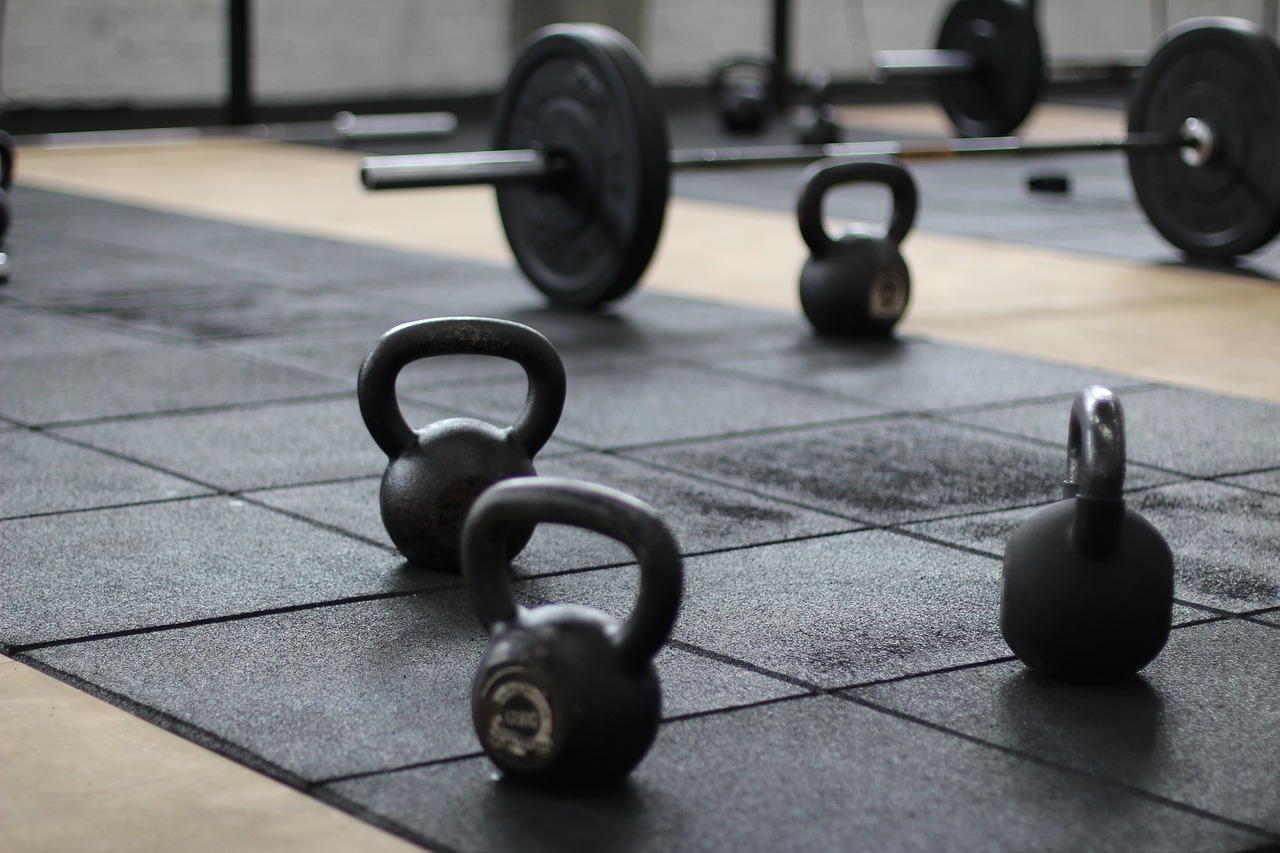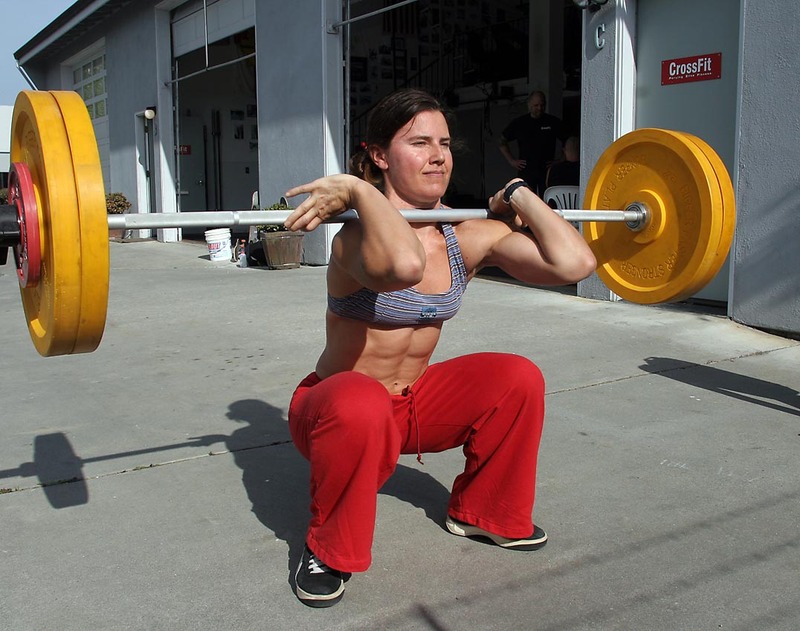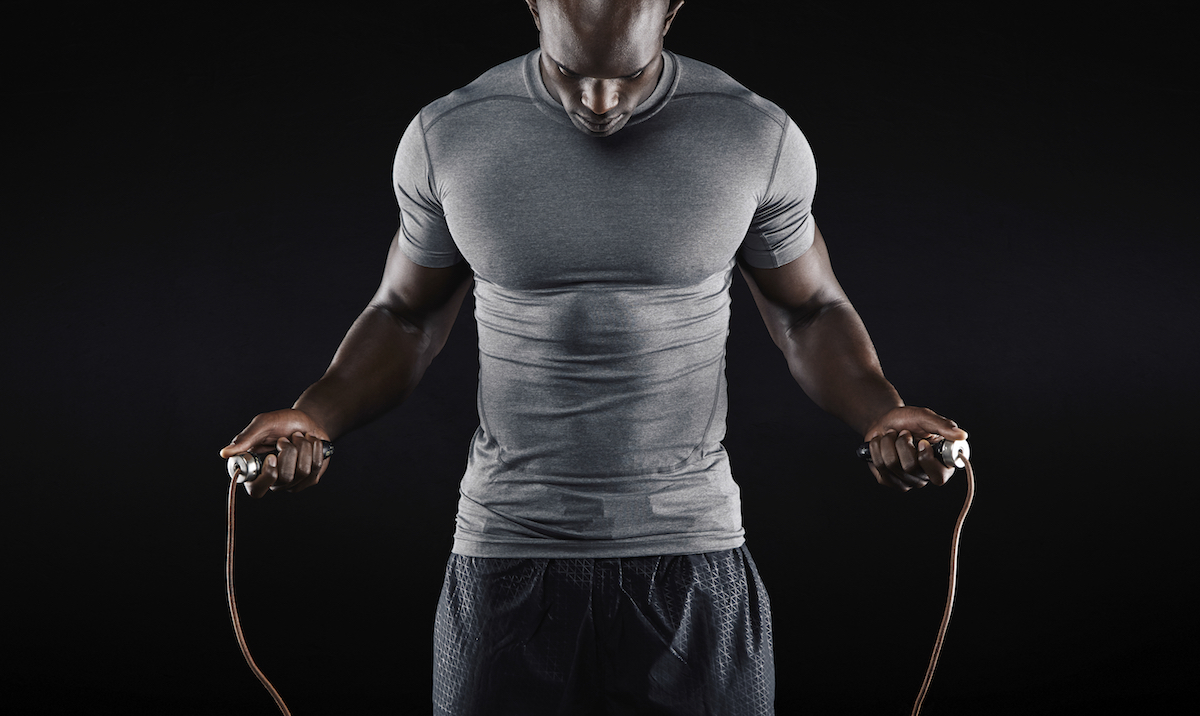Traditionally strength and conditioning sessions are divided into three main parts; the warm up, the workout, and the cool down. A lot of athletes and coaches skip the warm up due to time constraints or with the belief that it is not important. The warm up is important to ensuring a successful strength and conditioning experience because it prepares the body for work and prevents injuries. As we’ll cover, it’s also a great time to address specific joints, muscles, and movement patterns to help prevent common injuries seen in the athlete’s sport.
The warm up is divided into two parts; the general warm up and the specific warm up. The general warm up prepares the body for work by increasing heart rate, increasing blood flow to the muscles and joints, and increasing core temperature. The specific warm up is often about addressing specific muscles and joints as well as movement patterns.
This article is going to cover the general warm up. Future posts are going to provide examples of general warm ups for athletic strength and conditioning programs.
To elevate heart rate, get blood flowing, and increase temperature the general warm up needs some type of rhythmical activity involving large muscle groups. Traditionally this means a jog, but it doesn’t have to. It could involve things like heavy rope exercises, jumping rope, kettlebell swings, etc. This part of the general warm up should take about five minutes. The athlete should be sweating at the end of this.
The next part of the general warm up is a transition to movement-specific patterns. This is a great time to address so-called “prehab” exercises which are designed to use exercise to prevent injuries. For example, shin splint prevention exercises for a sprinter, ankle strengthening exercises for a basketball player, landing drills for a female athlete, etc. This could be done in another five minutes.
After this the athlete moves to the specific warm up. This is a gradual build up until the athlete is performing the first movement in the strength and conditioning session. There is a gradual increase in complexity and speed until the athlete is ready to go.
A proper warm up takes time, but it is time that is extremely well spent. The first job of a strength and conditioning coach is to give athletes the physical tools they need to be successful at their sport – if we injure athletes through the strength and conditioning process then we have done them a huge disservice.



